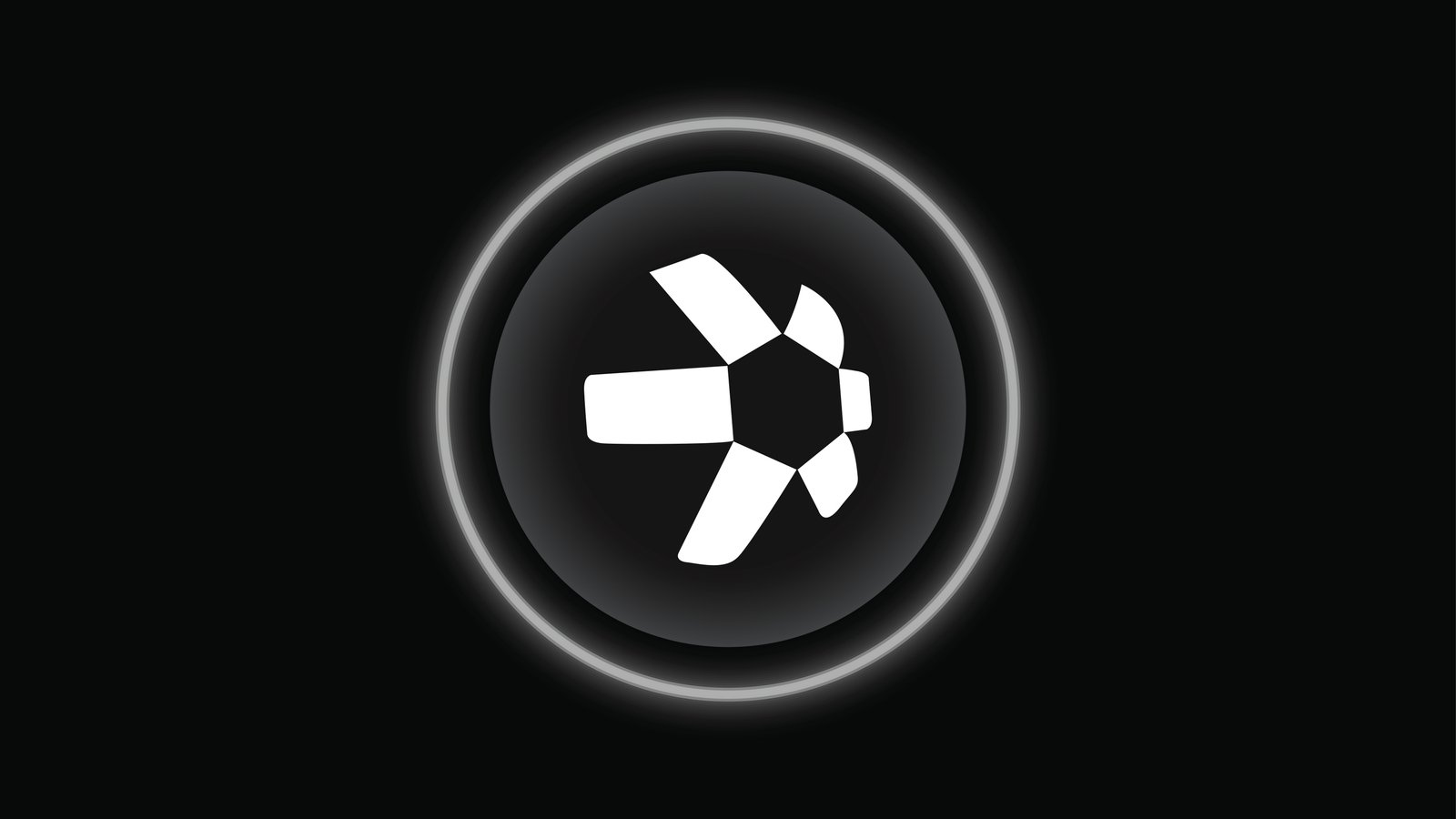
Coinposters
Quant (QNT): The Interoperable Blockchain OS

Quant Network, unlike other cryptocurrency projects, does not intend to complicate things by creating their own interoperable blockchain that connects to others. They’re developing a blockchain operating system that can run on top of other blockchains. This will provide both consumers and institutions with the user-friendly platform they require to fully realize the benefits of blockchain technology.
Quant (QNT) is a second-layer architecture that aims to give the market global interoperability. The platform enables all types of distributed ledger technology (DLT), such as blockchain, DAG, and Tempo, to transmit data between networks. The project’s purpose is to offer enterprise software solutions to the market that make DLT integration easier and increase DLT adoption.
History
Gilbert Verdian founded Quant Network in 2015, and its native token, Quant, was released shortly after.
The Quant protocol was created out of a strong desire to improve the efficiency of global information sharing. Verdian first noticed the problem while working for the British and then the Australian governments. He saw how beneficial distributed ledger technologies (DLT) may be in resolving his issues.
The Quant protocol now supports Bitcoin, Ethereum, and Ripple ledgers thanks to the addition of overledger capability. In the blockchain sector, the Quant protocol comes the closest to resolving interoperability difficulties. In an overledger operating system, it serves as a payment validator token.
One of the platform’s ultimate goals is to create seamless interoperability, allowing the fragmented world of ledger technology to be fairly spread. As a result, the Quant protocol is frequently referred to as a blockchain operating system/software.
How Does It Work?
The Quant protocol was created to eliminate communication, interoperability, and scale hurdles that are typical in blockchains. To accomplish this, layers are assigned to jobs that they are most equipped for, as follows:
- The Transaction Layer is responsible for storing transactions. To group similar processes into one layer and validate them throughout the blockchain, various and segregated ledgers are used. A transaction that has been validated cannot be invalidated for any reason.
- Information and data transfer are handled by the messaging layer. Smart contract data, metadata, and transaction data are the three categories of data that can be processed. Metadata is used to interpret messages and translate them into multiple languages that can be understood by different blockchains.
- The Filtering and Ordering Layer is also in charge of messages. It does, however, require filtering searches into specific results, unlike the message layer. Every message on the digital ledger system is recorded in a database on a first-come, first-served basis. Because it is the sole layer having the history of messages carried across the protocol, the filtering and ordering layer is responsible for validation of off-chain messages.
What Makes it Unique
Quant offers a variety of features and benefits that set it apart from the competition. For starters, it was built from the ground up to eliminate any technical obstacles to DLT integrations. The protocol is simple to set up and use. To set up your network, you don’t need any knowledge of smart contract languages, cryptography, or DLT data structures. The user interface decreases the process’s technical complexity.
Quant allows users to connect to several DLTs. DLT technology is now accessible to mainstream businesses because to network APIs. Developers, governments, and individuals can finally take advantage of the full potential of DLT without having to pay experienced programmers.
Quant works with protocols and technology stacks that are already in use. The network uses ISO DLT-interoperability standards to ensure that business solutions may be deployed quickly and easily. It is also adaptable. Any two networks, regardless of their type, can exchange assets and information.
Quant was created by a team with extensive experience in enterprise security and key systems at the national level. To keep your data safe, the platform incorporates certain advanced security safeguards. The gateway, for example, does not keep any data. Instead, it functions as a second layer that coordinates the interactions between the multiple ledgers. Notably, at the source, all data is encrypted.
In the communication between the several ledgers, this technique adds no additional DLT, consensus, bottleneck, complexity, fork requirements, or single point of failure. To stay secure, the network relies on a single set of standards-aligned APIs.
Quant is completely obedient. As part of the firm’s ambition to serve large enterprise clients globally, this was considered as a vital prerequisite.
Quant’s approach is less expensive than the competition’s. Quant, on the other hand, was designed to serve as a software solution over existing networks. It does not necessitate the construction of additional infrastructure, which could result in bottlenecks. In most cases, the default settings are sufficient to get the operation up and running.
Conclusion
Although QNT appears to be a good investment, it’s important to remember that its future is contingent on a number of factors, including new technology solutions for Quant projects, the crypto market climate, legal positions, and so on. As a result, it’s critical to conduct your homework before buying and selling Quant.
There will be additional use cases for network patches linked to different blockchains if governments begin to generate digital fiat currency, such as digital dollars and euros. During this time, quantity will be extremely important.
Latest
Altcoins
09 May 2024
Altcoins
19 Apr 2024
Altcoins
16 Jan 2024
Altcoins
31 Aug 2023
Altcoins
24 Jun 2023
Altcoins
24 Jun 2023













